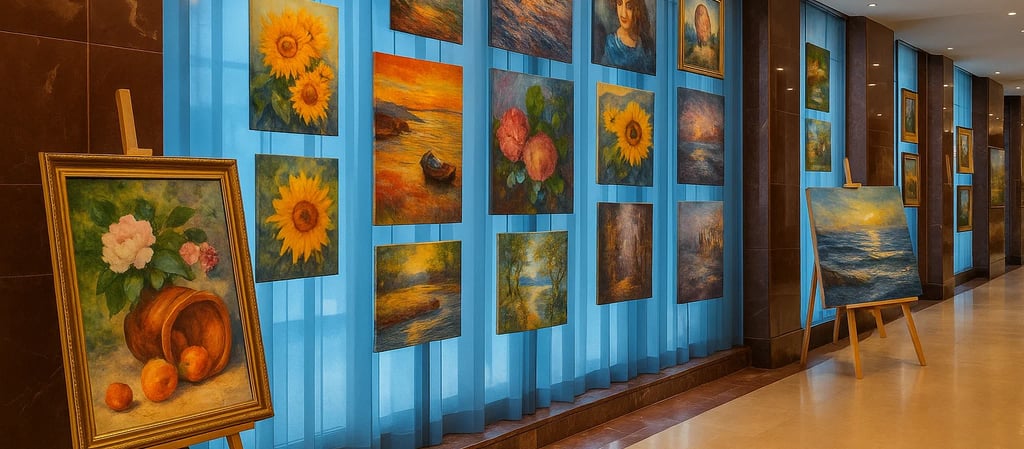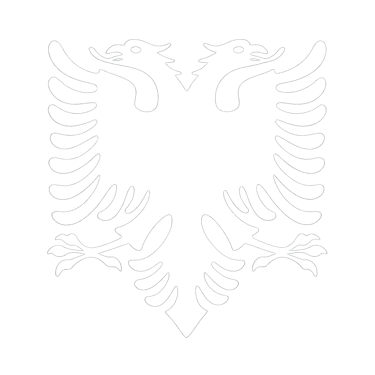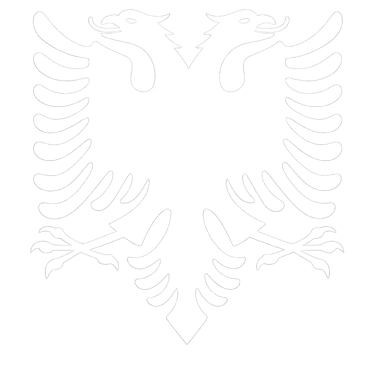Bratko Museum of Oriental Art: Where East Greets West in the Heart of Korçë
A curious fusion of Japanese kimonos, Chinese scrolls, and Balkan ambition—all in one unexpected corner of Albania.

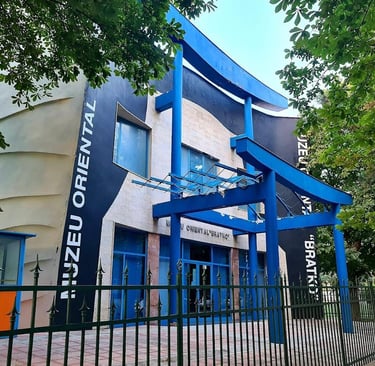
An Eastern World Behind Albanian Walls
Tucked into the charming city of Korçë, where cobblestone lanes wind past Orthodox churches and 20th-century villas hum with French-style elegance, there’s a museum that seems to whisper in a foreign tongue. It doesn’t feature Ottoman manuscripts, ancient Illyrian armor, or patriotic oil paintings. No—the Bratko Museum of Oriental Art speaks the language of lacquer, silk, brushstroke, and incense. It speaks fluently Japanese. Chinese. Korean. Tibetan. Mongolian.
Yes, in the middle of southeastern Albania, where you'd expect a regional history exhibit or maybe a display on local wool-weaving techniques, you instead get samurai armor, Buddhist thangkas, ink-washed landscapes, and aesthetic principles drawn from Kyoto and Shanghai.
How? Why?
The answer: George D. Boria—Albanian-American photographer, soldier, traveler, collector, and cultural ambassador ahead of his time. The man who saw East and West not as opposites but as intimate dance partners.
Meet George D. Boria: The Balkan Marco Polo
Born in 1907 to an Albanian émigré family in the United States, George D. Boria never forgot his roots. But it was not Albania that shaped his artistic destiny—it was Asia. After serving as a combat photographer in the U.S. military during World War II, Boria was stationed in post-war Japan and various parts of East Asia. There, rather than just taking pictures, he started taking home something far more enduring: art.
Not just souvenirs, but significant pieces—ceramics, calligraphy scrolls, prints, lacquerware, textiles, and sacred objects—objects with soul, silence, and story. Boria had the eye of a trained artist and the heart of a humanist. He wasn’t looting, flipping, or trophy-hunting. He was preserving.
He traveled, he photographed, he collected—and, upon his death in 1990, he willed his entire collection and artistic legacy to the city his father had once left behind: Korçë.
And so, in 2003, the Bratko Museum of Oriental Art was born, named after his father’s original family surname. It remains the only museum of its kind in Albania, and one of the very few in the Balkans with a purely East Asian focus.
The Collection: A Kaleidoscope of Cultures
The Bratko Museum is compact but rich—an elegant, thoughtfully arranged space where over 400 original works of East Asian art share the spotlight with Boria’s own photography.
Here’s what you’ll encounter:
Japanese Art
Ukiyo-e woodblock prints by lesser-known masters, full of theatrical faces and delicate landscapes.
Kimonos and textiles, some dyed with indigo, others brocaded in gold.
Buddhist scrolls, evoking the quietude of Zen gardens.
A stunning samurai armor display, complete with iron mask and helmet crest
Chinese Works
Brush-painted scrolls featuring ink-drenched bamboo, waterfalls, and wise men sipping tea beside ancient pines.
Calligraphy samples, including Tang Dynasty poems copied in painstaking detail.
Qing-era porcelain, modest in size but sublime in craftsmanship.
Himalayan & Mongolian Pieces
Thangka paintings, rich in reds and turquoises, narrating the cosmology of Tibetan Buddhism.
Ritual items: prayer wheels, bronze bells, and ceremonial daggers.
Even Mongolian saddles and jewelry, bearing nomadic elegance and functionality.
And among it all, like pauses between musical notes, are photographs taken by Boria himself—black-and-white captures of post-war Japan, candid portraits of local artisans, and the war-ravaged beauty of Korea. They’re not just travel photos—they’re meditations in celluloid.
Insider Tips for Visiting
Take your time. This isn’t a quick in-and-out. Give yourself at least an hour to wander, sit, and absorb.
Ask questions. The staff are knowledgeable, multilingual, and happy to tell stories behind the objects.
Visit in the afternoon. The light through the museum’s large windows becomes especially beautiful around 3–5 PM.
Buy something. The gift shop offers excellent art books and small hand-made crafts.
Practical Information
Location:
Rruga Sotir Kolea, Korçë, Albania
(Just behind the cathedral and a short walk from the Old Bazaar)
Opening Hours:
Tuesday to Sunday: 10:00 AM – 6:00 PM
Closed on Mondays and public holidays
Tickets:
Adults: 300 ALL (~€3)
Students/Seniors: 150 ALL
Children under 12: Free
Group visits and school programs available upon request
Accessibility:
Fully accessible for wheelchairs. Benches are available throughout for resting.
Contact:
+355 (0)82 243 838
bratkomuseum@gmail.com
Social Media & Website:
https://www.museumetkorce.gov.al/muzeu-oriental-bratko
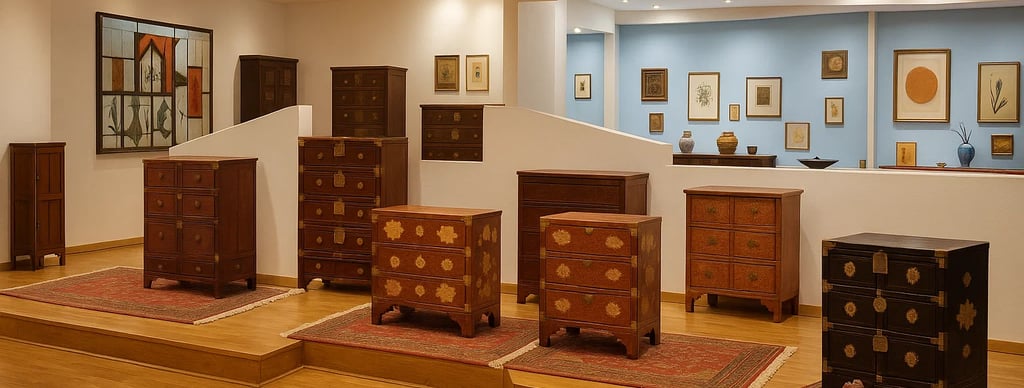

Aesthetic as Philosophy
What makes the Bratko Museum more than a mere collection is how it’s curated as a conversation.
The layout encourages you to notice similarities—how a Chinese silk robe echoes the fluidity of an Albanian xhubleta, or how a Zen ink drawing shares the same spare grace as a Byzantine icon. You start to see that beauty is not owned by one culture, one time, or one worldview. It’s shared and intertwined.
The museum’s structure itself embodies this blend: a modernist architectural design—stone, steel, and glass—reflecting both Albanian expressiveness and Asian minimalism.
Not Just Looking—Learning
The museum isn’t only a display case; it’s a center of cultural exchange and education. Bratko frequently hosts:
Art exhibitions by both local and international artists
Workshops on calligraphy, origami, and paper-making
Film screenings focused on East Asian cinema
Lectures and seminars on comparative aesthetics, Buddhist philosophy, and traditional crafts
In fact, if you time your visit right, you might walk into a tea ceremony demonstration, a master class in brushstroke technique, or a poetry reading where Haiku meets Albanian verse.
Most museums in Albania focus (understandably) on national heritage—icons, bunkers, kings, communism. Bratko breaks that mold. It’s a window looking out, not just in. It tells you: Albania is part of the world, not apart from it.
